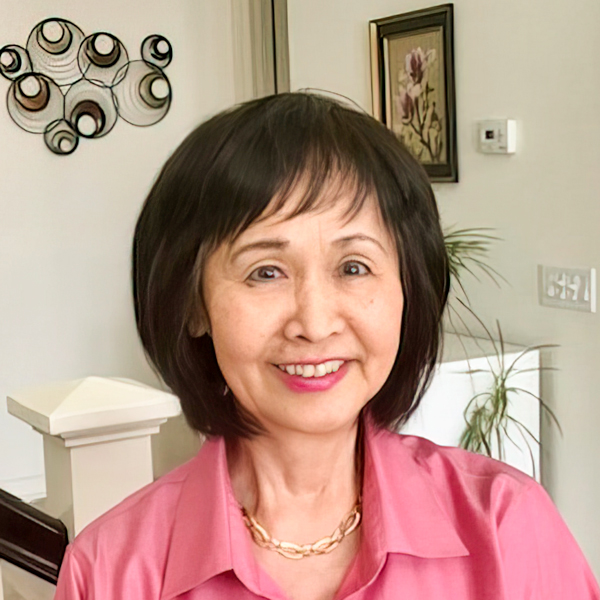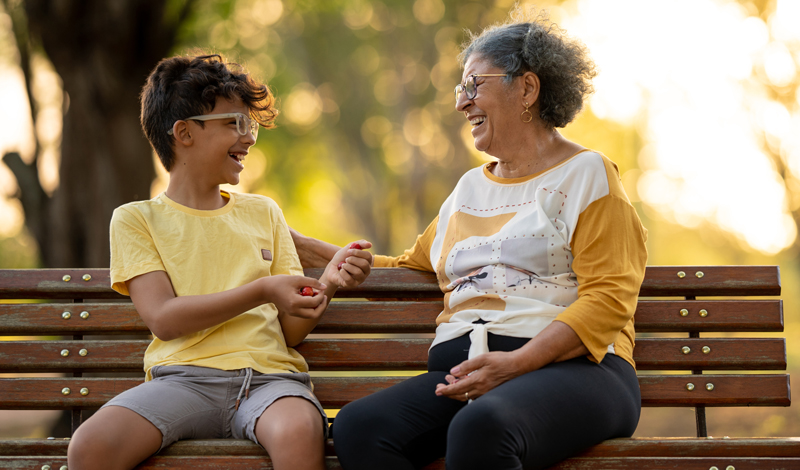
by Sachiko Thornton
West Territory Many Treasures Group Women’s Leader
World Tribune: Thank you, Sachiko, for speaking with us. You have practiced Nichiren Buddhism for several decades. How do you stay refreshed in faith?
Sachiko Thornton: The morning is key. Every day starts with strong morning gongyo and daimoku. That’s what keeps me fresh.
And I always do it with a goal. What will I do that day? Then, I put it into action. If we have no focus, we cannot refresh ourselves.
Sometimes we encounter obstacles. Most of the time, we can’t really see our own life, what part of ourselves we need to change to do our human revolution.
When first encountering an issue, I feel fear—an “I don’t know what to do” kind of thing. Then I know I need to chant in front of the Gohonzon.
WT: What’s that process like?
Sachiko: First, I am honest with the Gohonzon. I shouldn’t hide how I feel. “Gohonzon, here is the obstacle. Here is what I’m feeling.” Like that.
At first, I feel fear and uncertainty. But as I keep chanting, new wisdom comes out—optimism, determination, confidence.
Then I continue chanting with this feeling, and in my heart, I become clear: I can do it!
I always use the Gohonzon to change my inner thinking and feeling.
When we chant Nam-myoho-renge-kyo honestly, we see ourselves clearly.
WT: Do you have any examples of this?
Sachiko: Long ago, I almost got a divorce. My husband, John, and I constantly argued. I blamed him. But my mother told me to chant harder than ever, so I did. I chanted a lot of daimoku. At first, my prayer was, “I didn’t do anything wrong! I am right!” But as I continued, I started to see how my behavior hurt our marriage.
Though I thought I was a good wife, I never tried to understand John. I decided to change my attitude. Then things started to change. Unexpectedly on my birthday, John brought home cake and flowers.
I put the kids to bed early and got two sake jars. John’s not really talkative, but he loooves sake! We had a dialogue late into the night. I opened up. So did he. That night saved our marriage.
I am filled with appreciation for Ikeda Sensei and the SGI for guiding me and my family to become harmonious.
WT: That’s incredible. Have you ever encountered Ikeda Sensei?
Sachiko: In 1996, I attended a support staff dinner with Sensei. I was one of the people who shopped for groceries and prepped the food.
I noticed Sensei didn’t talk only to the people in charge; he made sure everyone was happy. At one point, Sensei stood up and came to a food arrangement near my table. He grabbed a pineapple and gave it to one member, showing them great care.
That was the main thing I took away: care for the members. I learned that from Sensei. Now, I use all my heart when I talk with someone.
WT: How do you apply that in an everyday context?
Sachiko: During the pandemic, I had a lot of time at home. I set daily goals for daimoku, reading and dialogues—10 a day—mostly phone calls and Zoom. From Sensei I learned we have to share people’s sorrows and joys. I always listen to what people say.
Now life is busier again, but I have at least two or three dialogues a day.
I don’t go out much, so when I do, I use the opportunity. For any hospital appointment or shopping trip, I take Nam-myoho-renge-kyo cards! I love to plant seeds of Buddhahood.
Making friendships is also important. I say “hi” to one neighbor, a grandma from China. I gave her a card. She’s quiet and doesn’t come out much. But John befriended her husband, too. We have a fruit tree, kumquat, so when we gave them some fruit, they were sooo happy! They want to make medicine out of it.
WT: How does engaging in Buddhist dialogue help you?
Sachiko: In 2017, I had a big operation. Hip surgery. It was one year before the youth festival, 50,000 Lions of Justice. I really wanted to support, so I needed to heal. I determined to change my health karma. I took full responsibility and started a daimoku campaign.
Action is very important, so I decided to do shakubuku. I chanted with deep prayer: I’m going to help someone receive the Gohonzon! I have to do it before the operation!
I did it. I helped three people begin practicing and receive the Gohonzon.
The operation was smooth. After one month, I was already walking. After two, I was flying to the FNCC!
At that time, I learned ichinen [resolute determination]. New ichinen brings visible rewards. I really felt it. No halfway daimoku. That time, I did shakubuku to overcome my challenge. I took full responsibility.
I hope that when young people struggle, they will remember to go back to faith, practice and study. Then they will have experiences of inner transformation—gaining courage and confidence—and see visible change. Through those experiences, they will see the power of the Gohonzon.
You are reading {{ meterCount }} of {{ meterMax }} free premium articles

